[Review] MiBoxer C2 smart charger
I received a free sample of this charger from MiBoxer to do this review.
They sent me the charger with DHL express.
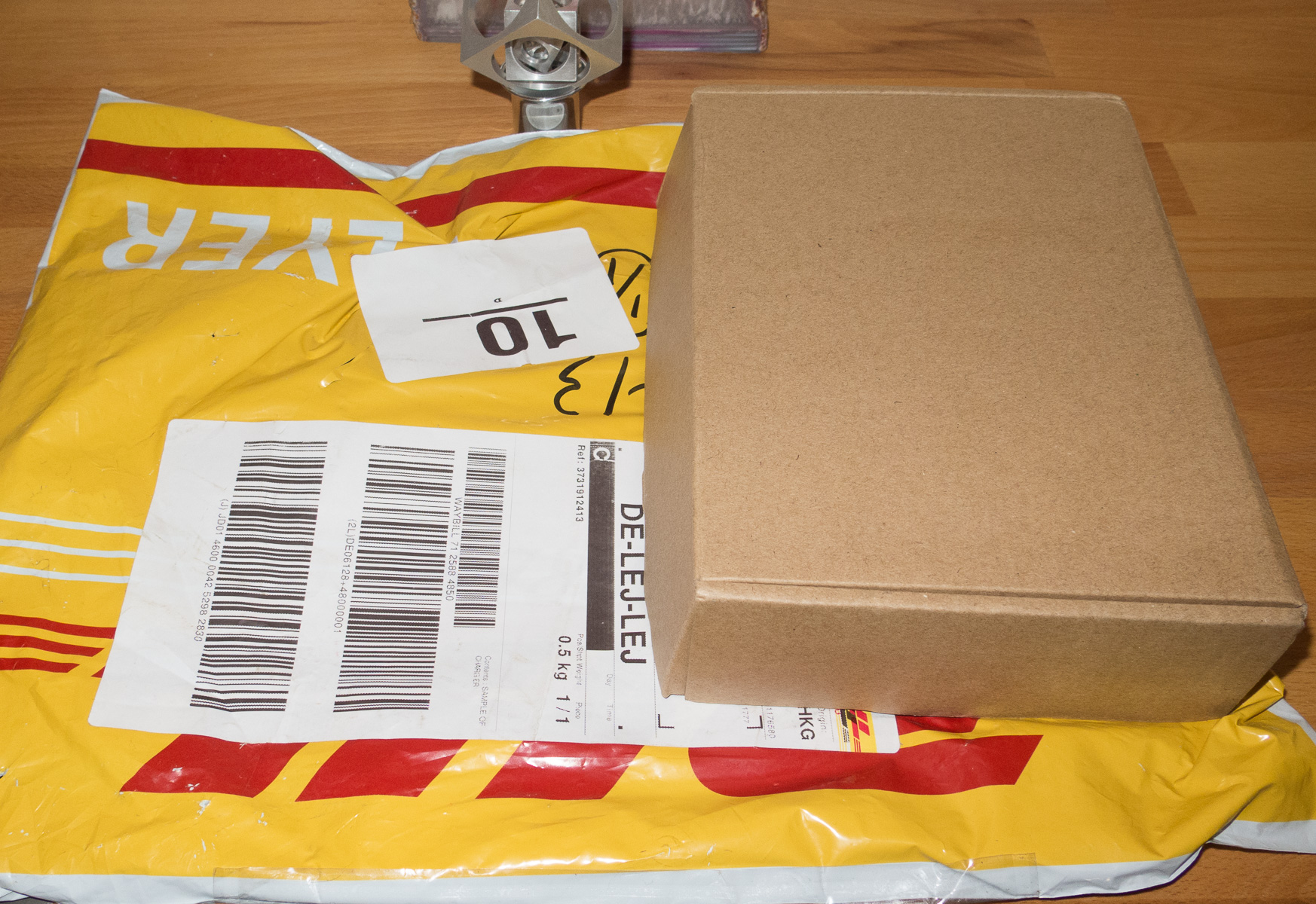
Packaging has improved for this charger.
The shipping is a lot more expensive than the charger build costs.
The box contains:
- Charger
- Car power adapter
- USB to hollow plug cable
- Manual
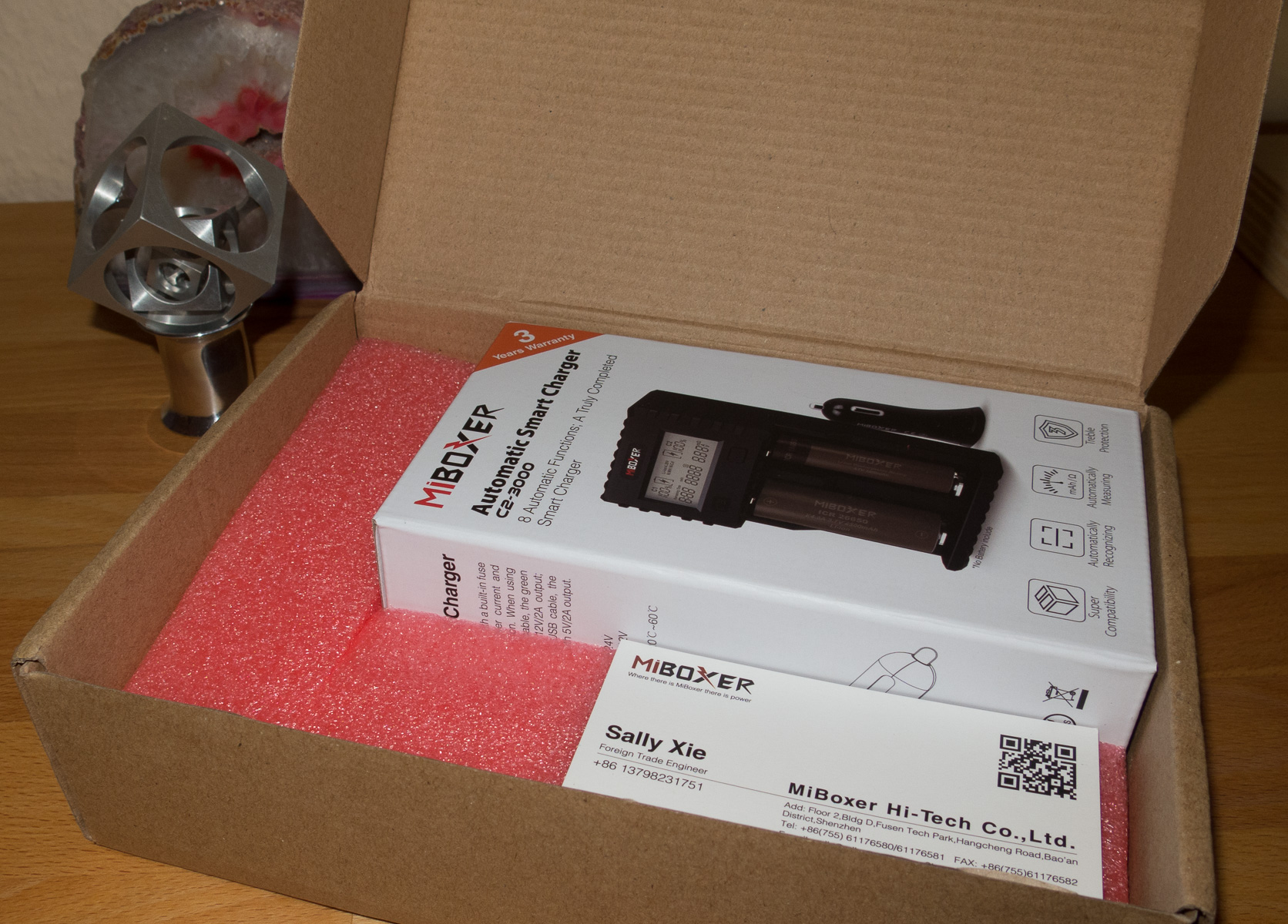
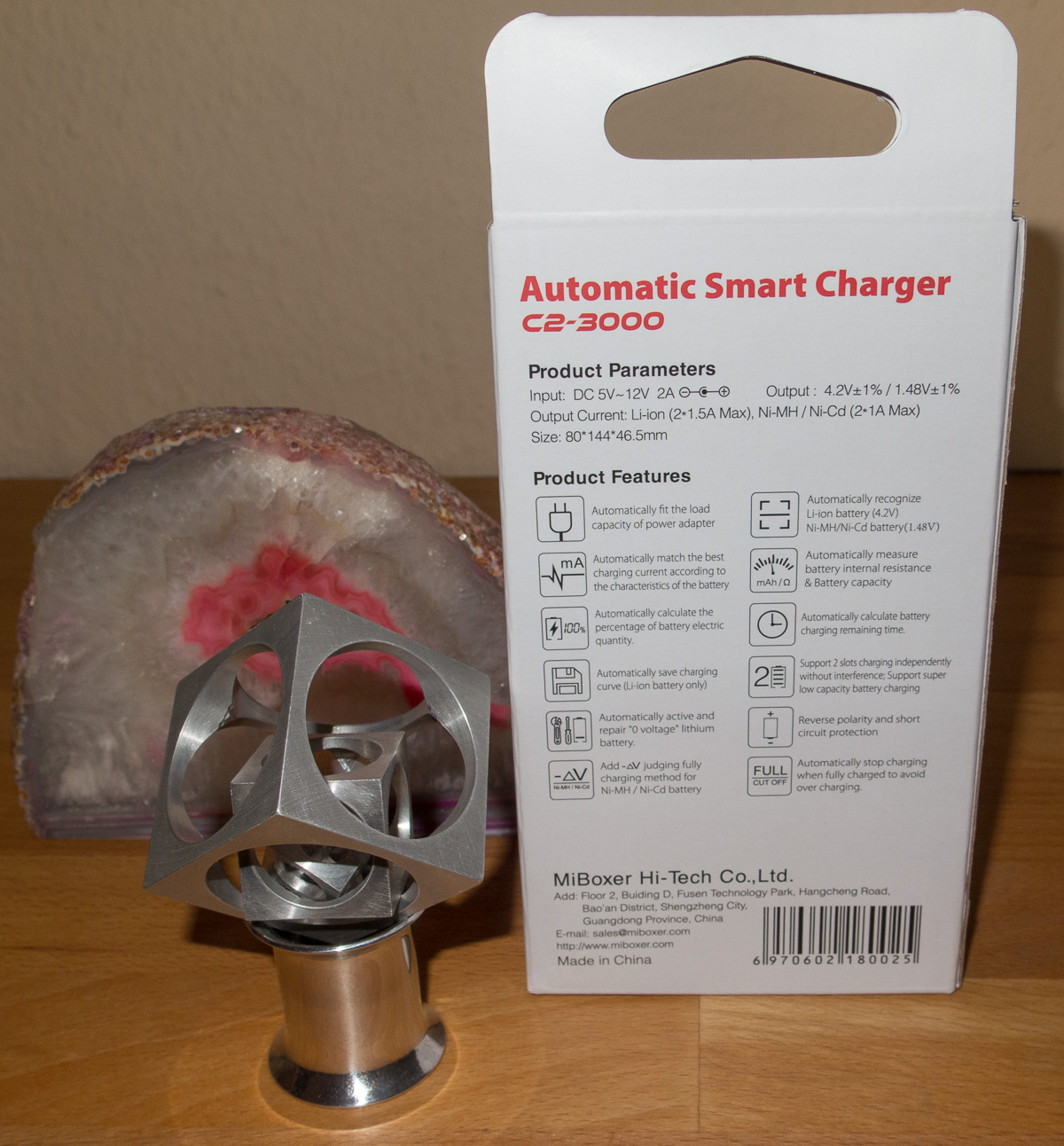
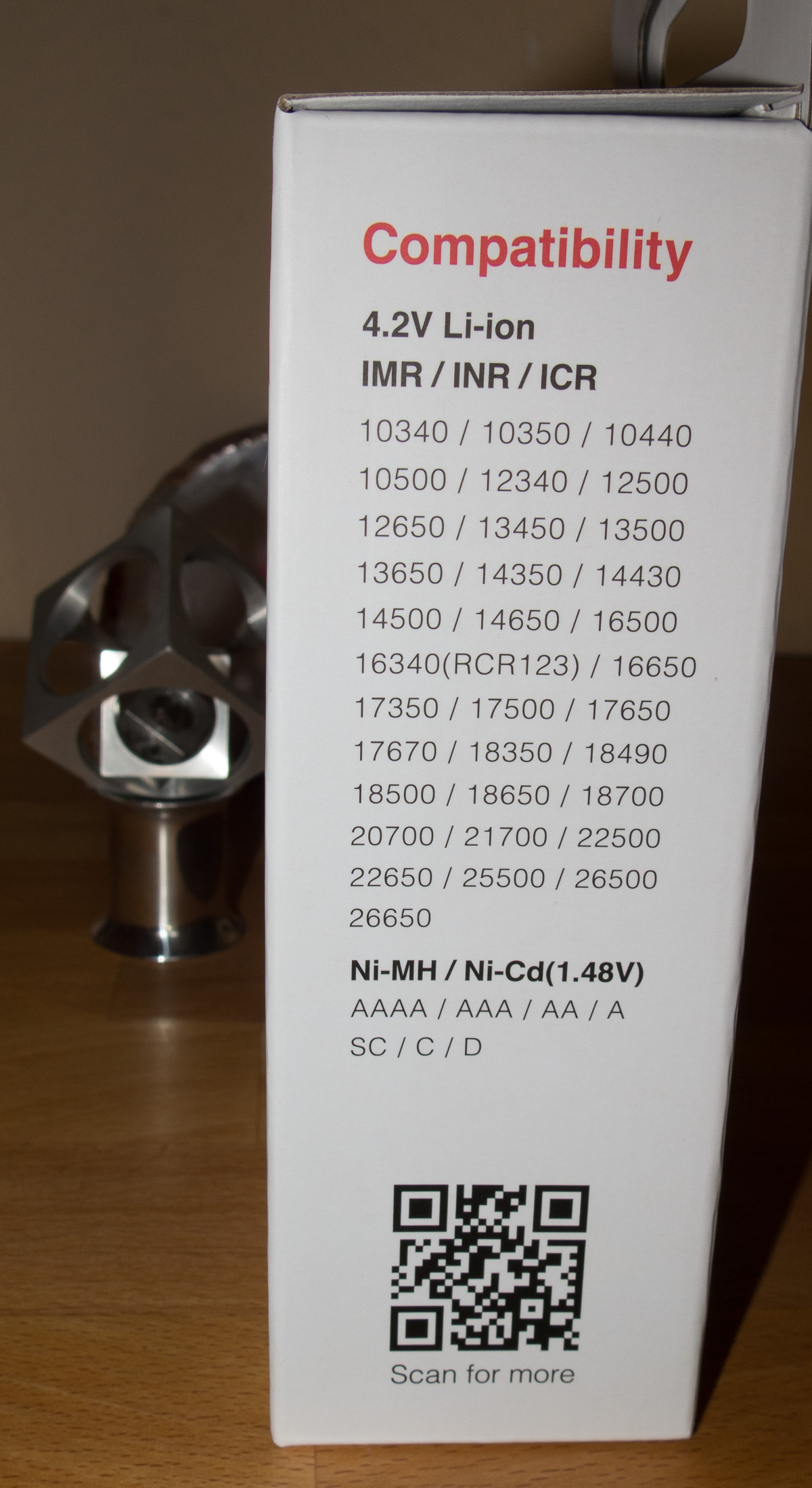
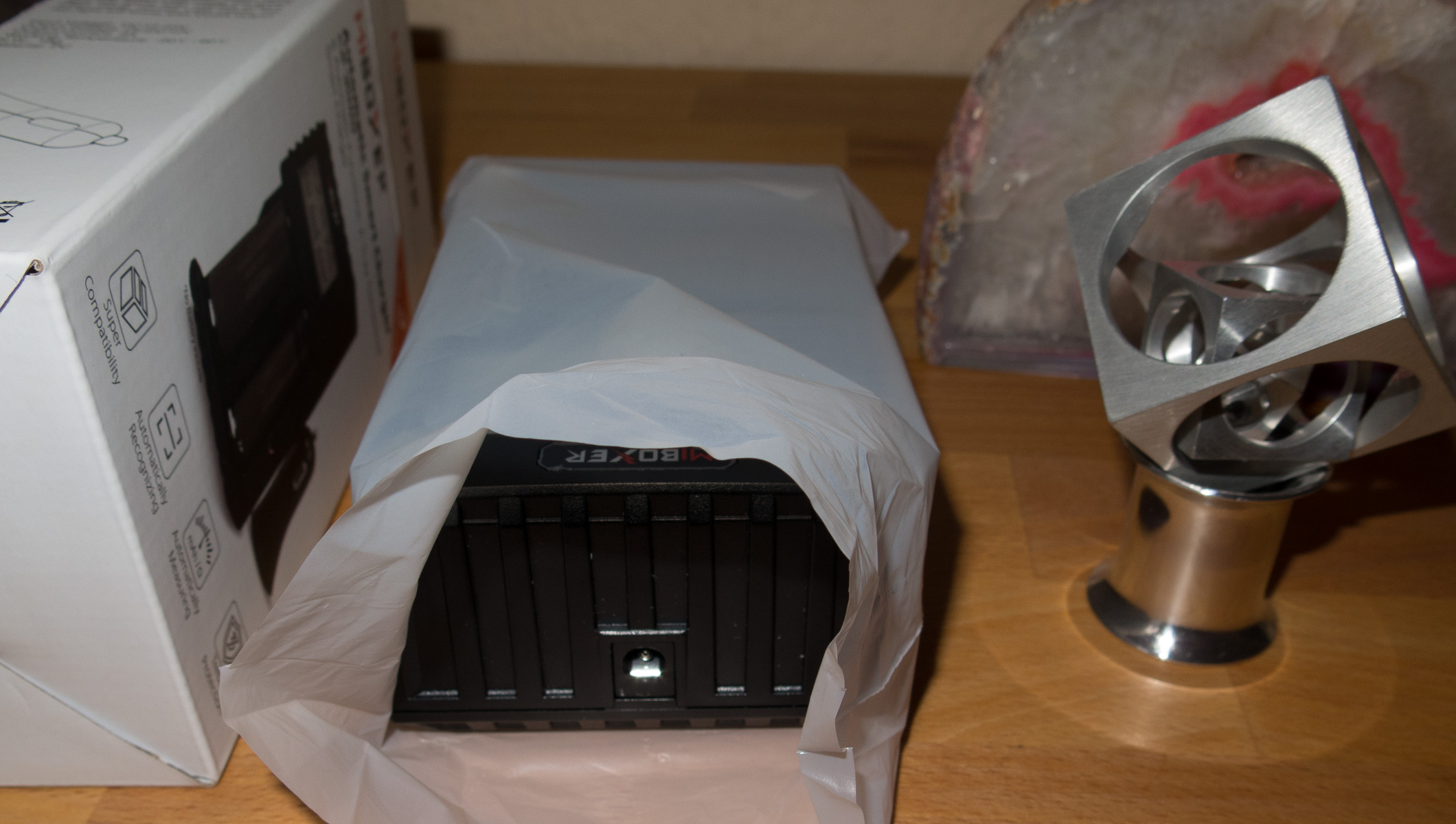
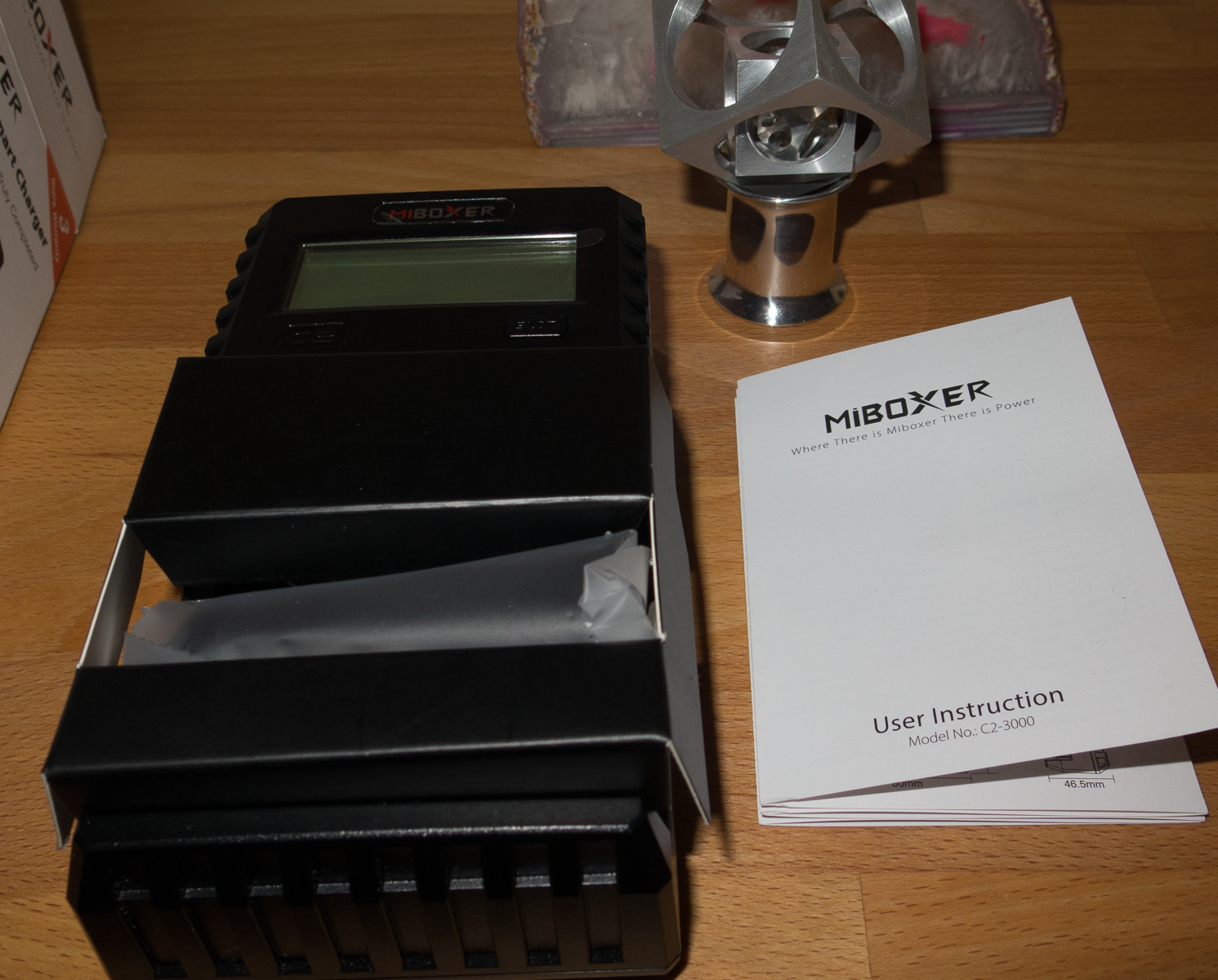
The UI is quite easy and good described just switch slots display and turn backlight off.
This review is long enough, for specifications look for them on their *"website": http://www.miboxer.com/eng/p2.html(link is external) *.
It charges all types of lithium batteries and NiCd/NiMh.
The charger design seems similar to my Nitecore D2, Xtar VC2 but it is wider so even two 32650 or D size NiMh fits perfectly.
The bays fit up to 73mm long batteries.
It comes with an USB cable it has also a 12V car adapter.
It is powered by the car USB adapter with 5 and 12V.
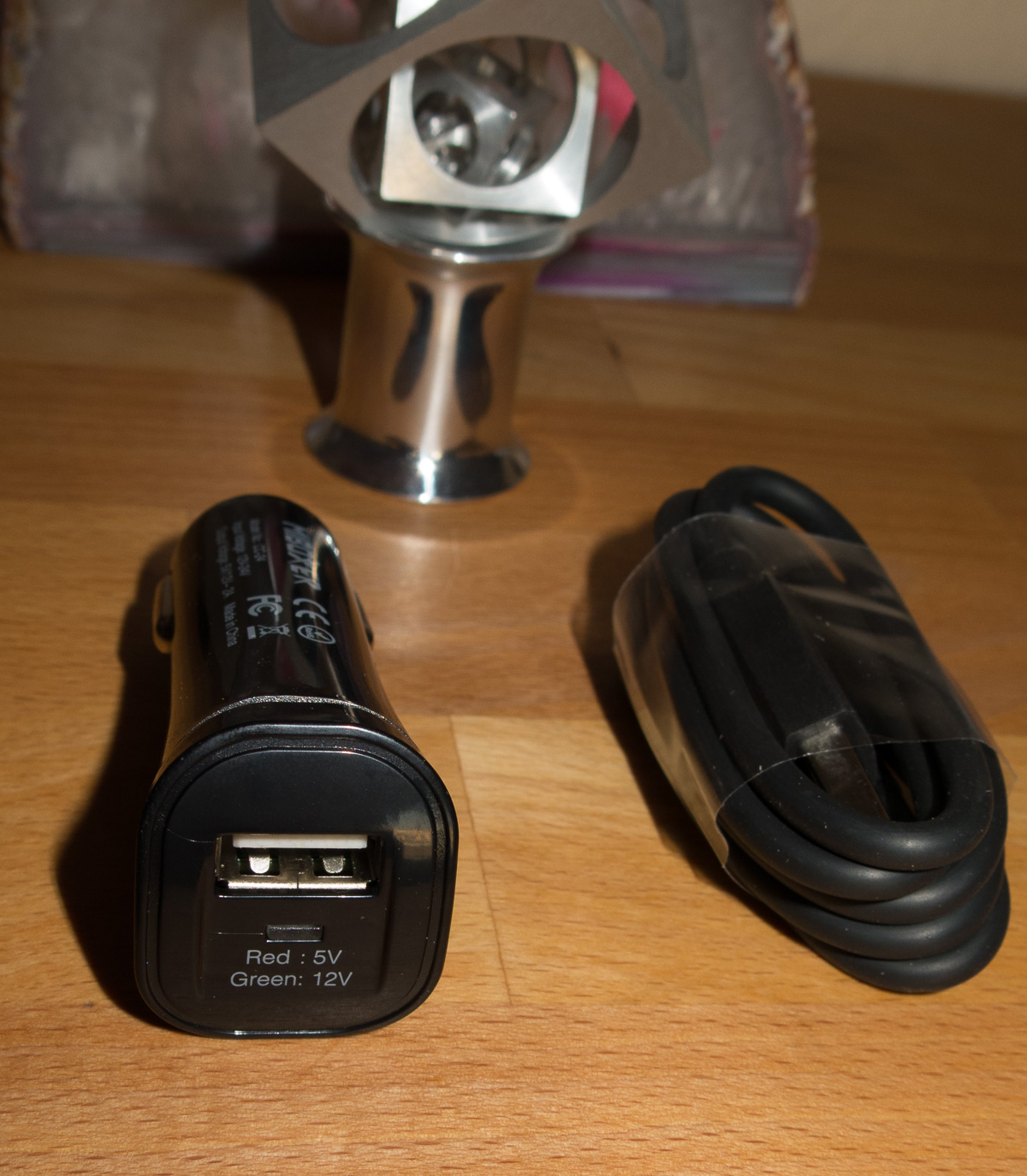
The bays are very wide AAA and small batteries have to be centered by hand.
The chargers terminals have three raised contacts for different battery
Good charge characteristics for lithium and NiMh.
The charger stores 2 custom lithium charging curves, to improve the predicted charge time and capacity.
I did some time lapses.
You can see thast afer an initial charge it starts to calculate the total capacity.
Panasonic 1860B protected
was during day, so exposure does not fit when sun shined in the room.
Charged with 0.95A
Keeppower 14500 protected
Charged with 0.6A
The predicted capacity is was off, always too bigKlarus 18650 protected
Sanyo 18650GA
Charged with 1.5A, the PCB is good and cell also
Eleloop AA
Charged with 0.85A
For all batteries I get about 5-6% less capacity in the end compared to my Klarus Charger
The charger saves up to 2 charge curves for your batteries to predict time and capacity,
if you got only one 18650 type and one 14500 type it should work better after charge curve saved.
The first thing was opening the charger to look inside, how well it is build.
The charger uses rails with sliders to make contact, all contacts and rails are made of coated steel,
copper would be nicer but being steel seems not to affect the voltage readings much.
The sliders may lead often to wrong voltage readings like my Klarus CH4S charger had due to bad construction of the rails even if it was made of copper,
as there might be a bad contact between the rails and slider and the steel can have an increased resistance, which gets more important at high charge currents.
So first thing was to bypass the rails with copper leads.
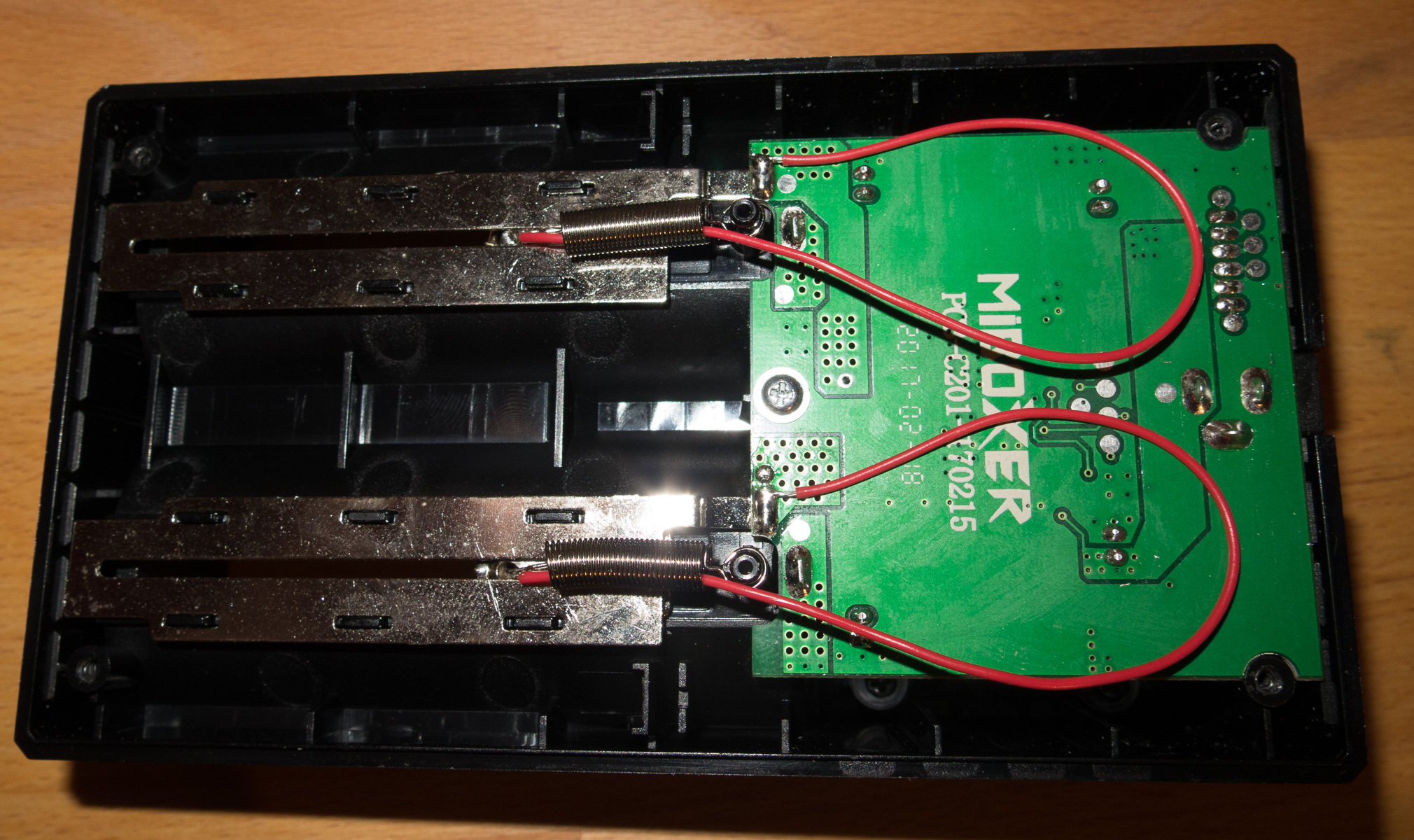
When disassembling this time there were no traces of oil on any parts like in the C4.
The manual is in English easy readable font size compared the C4.

The display comes with a protective film as the display is recessed there is a small flap to grab it, this display wont be scratched so easily like the ones at same height as the rest of the charger.
The overall looking is better than my Klarus CH4S charger unfortunately the slot button is not from silicone and the switch does not have a nice feeling when pushed.
The charger weights 192.
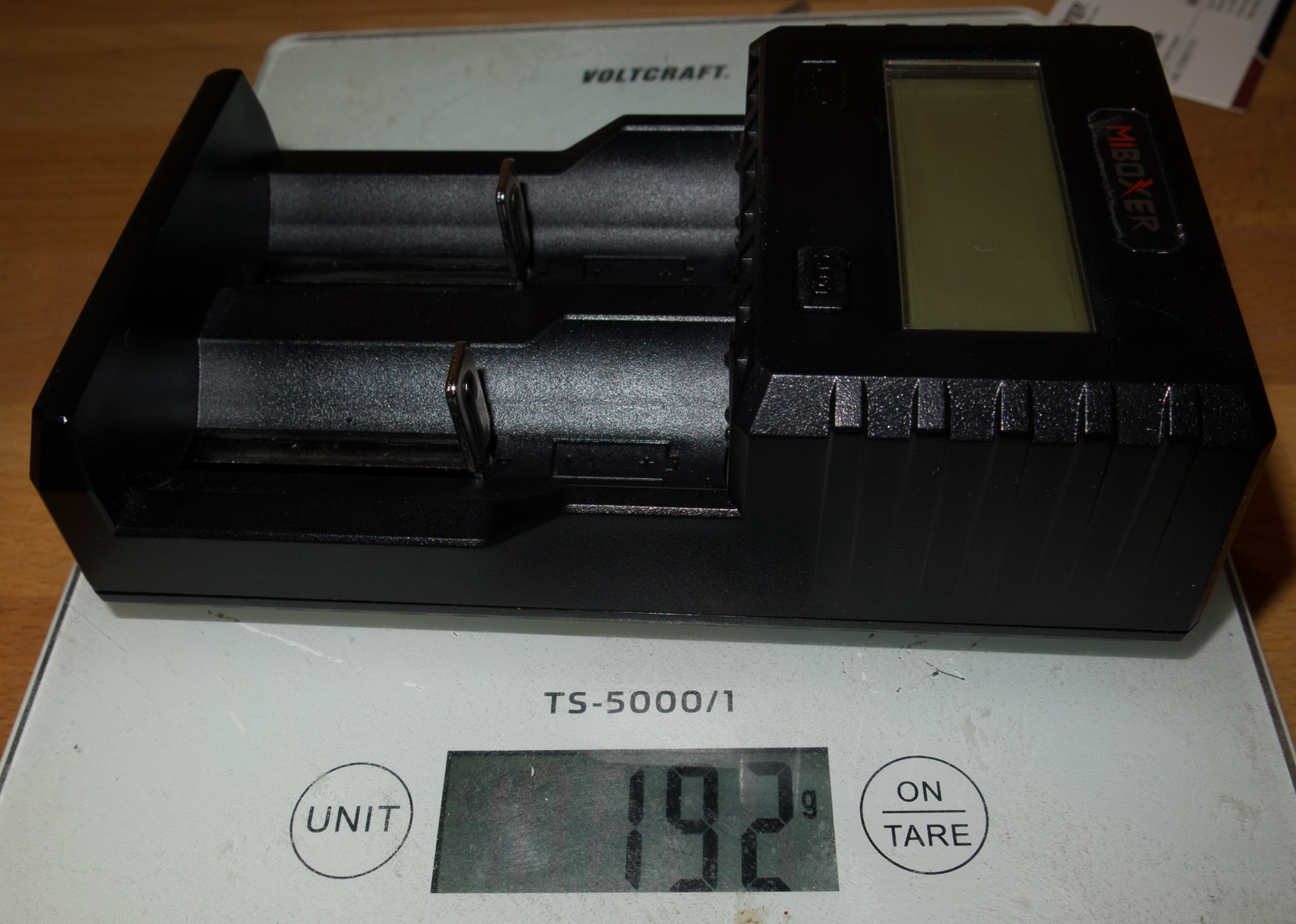
The charger board is single sided the rails are directly soldered to it.
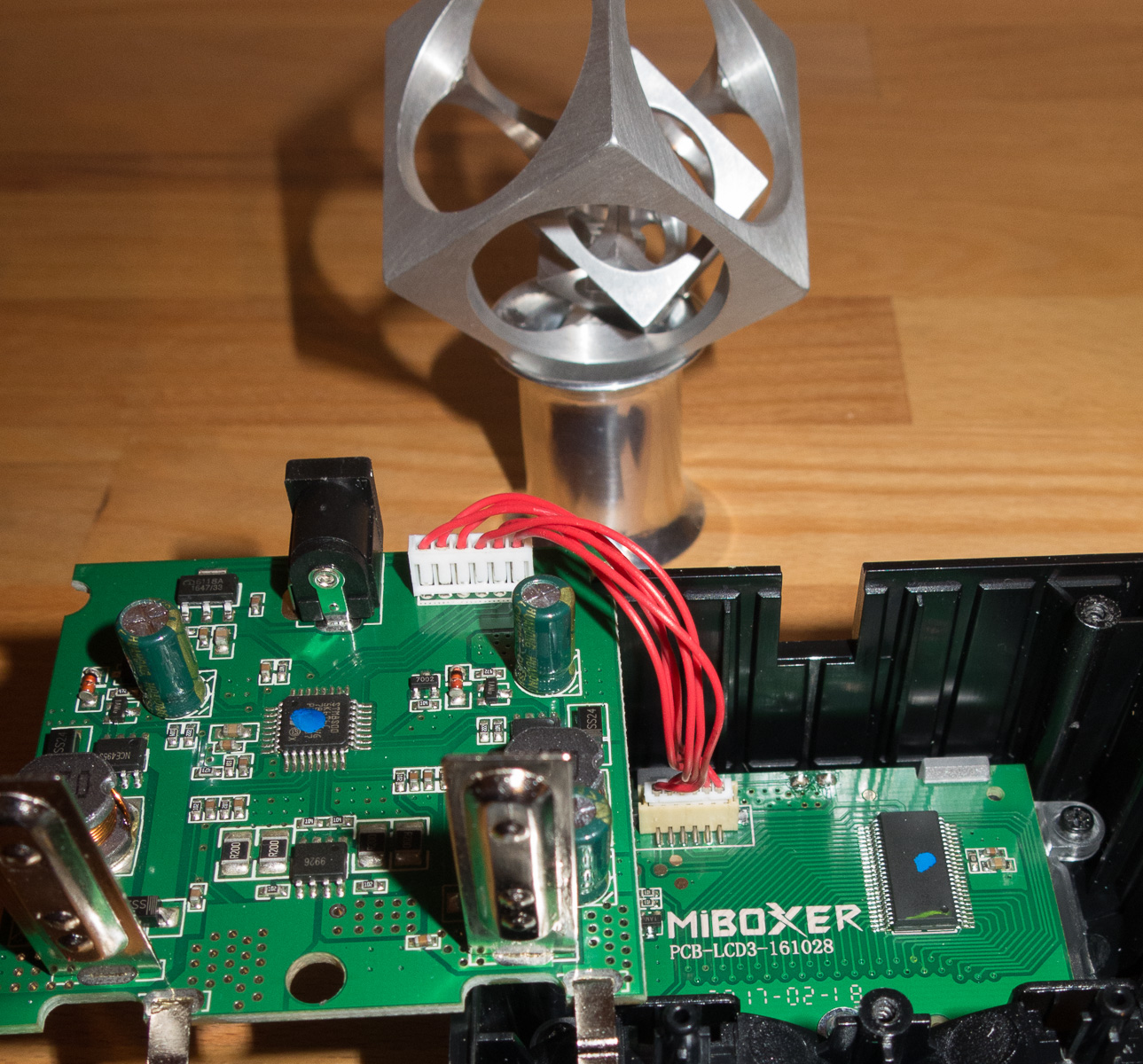
It has some nice inductors and 105°C capacitors.
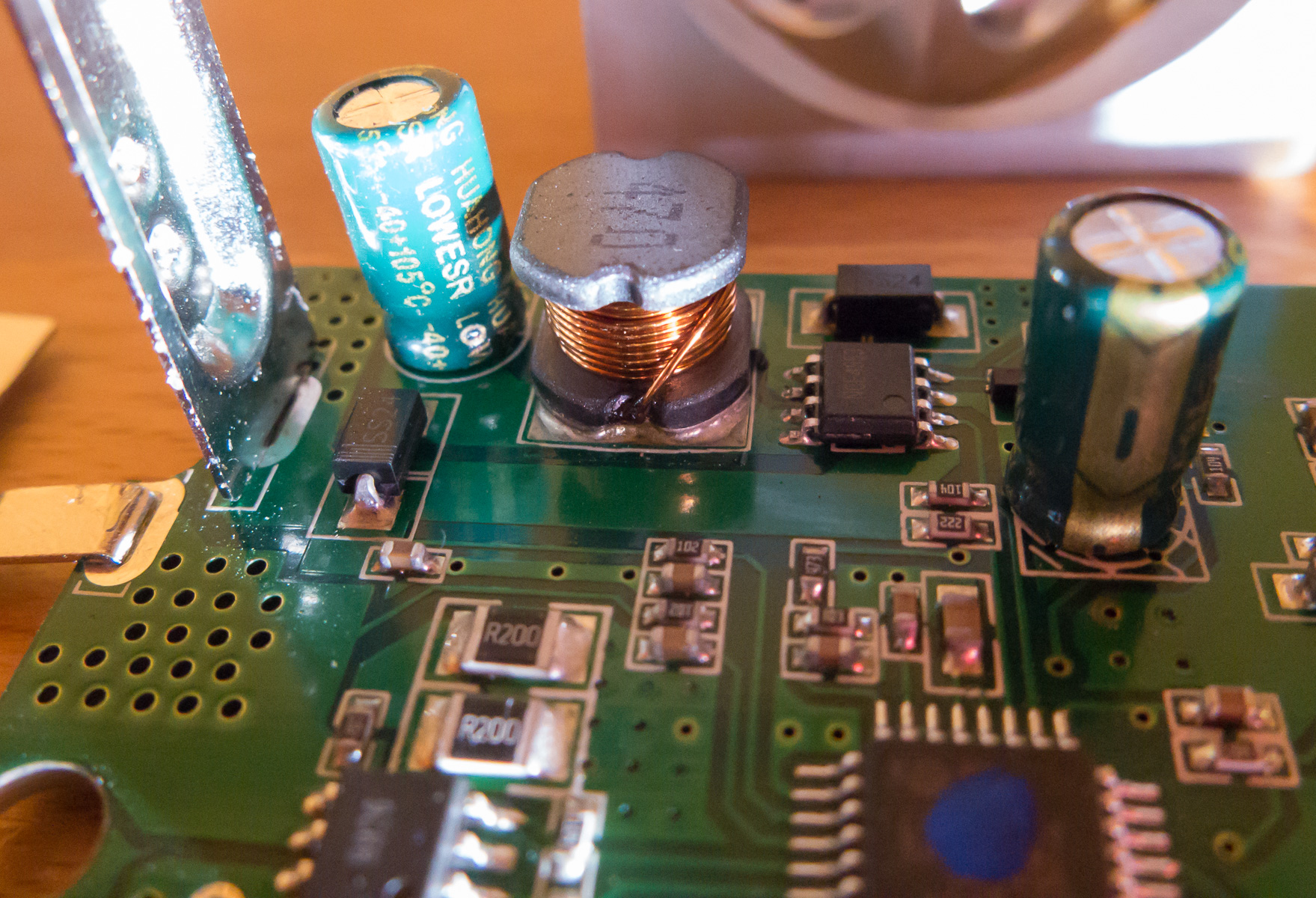
The springs are not soldered like in many charger so there is no risk that they get loose.
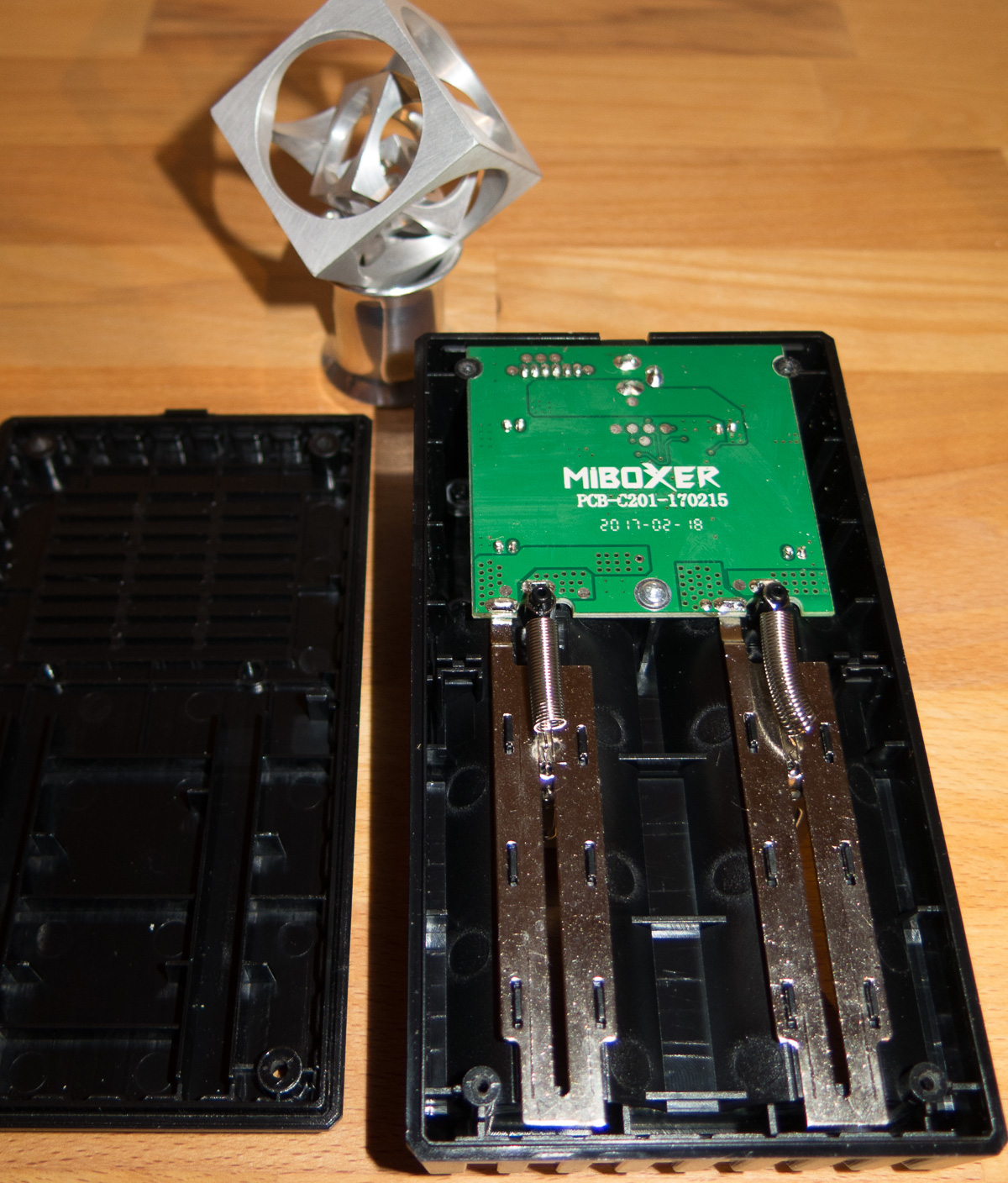
The charger board is really clean the contacts are made of plated steel.
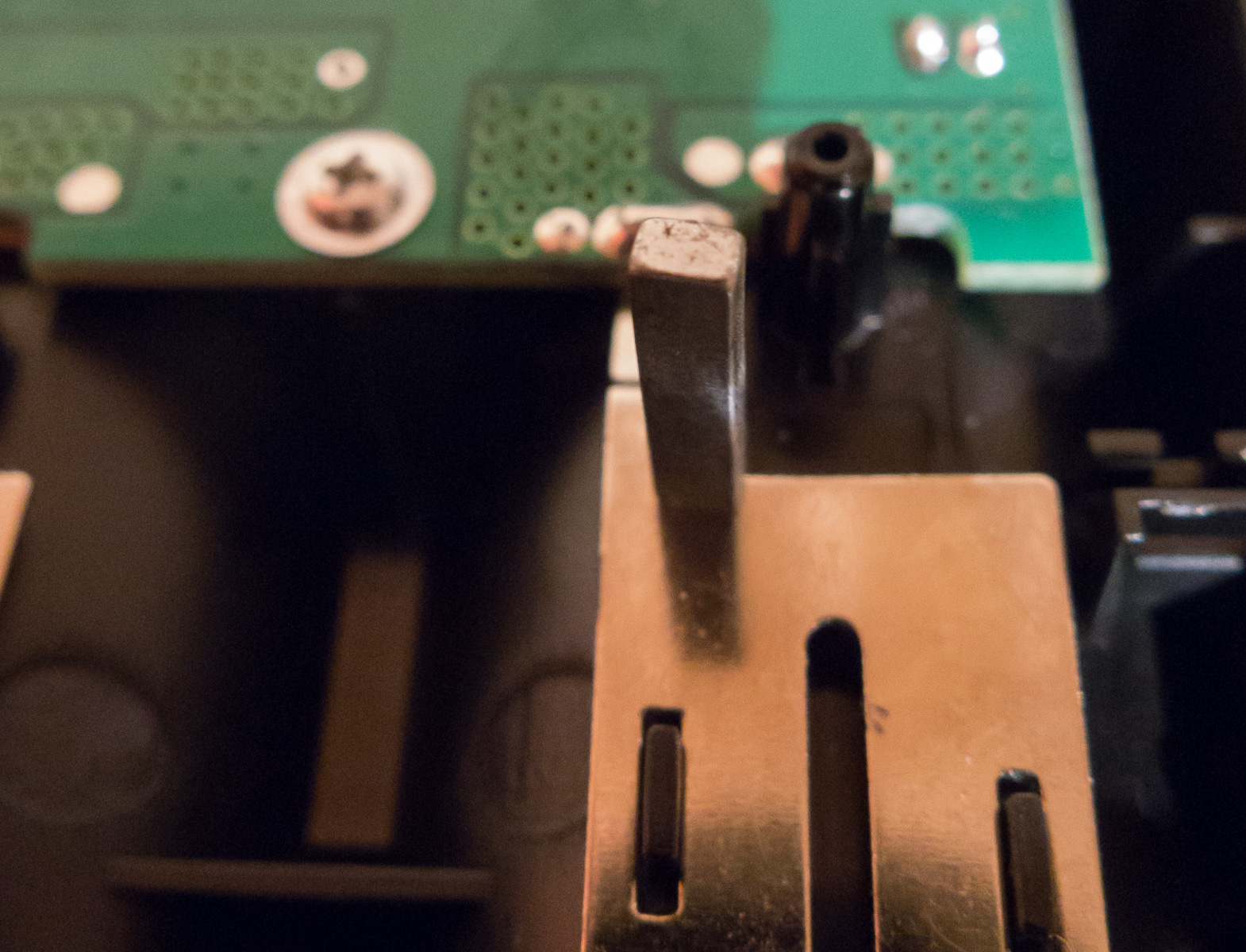
Both battery contacts have raised points to make contact to AA, 18650 and 32650 sized cells.
The contact design got changed from the first C4 sample, definitely better now.
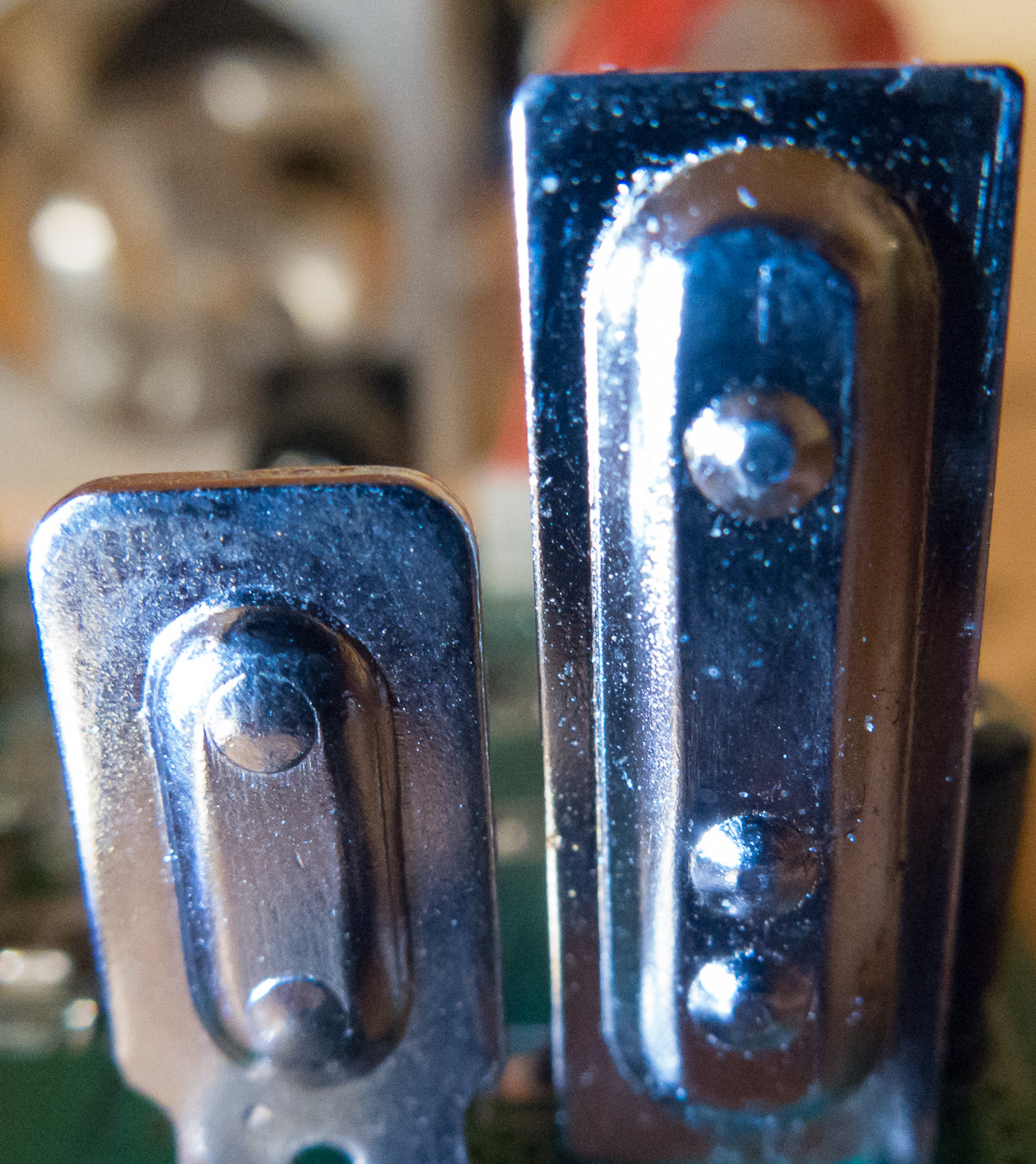
The microcontroller.
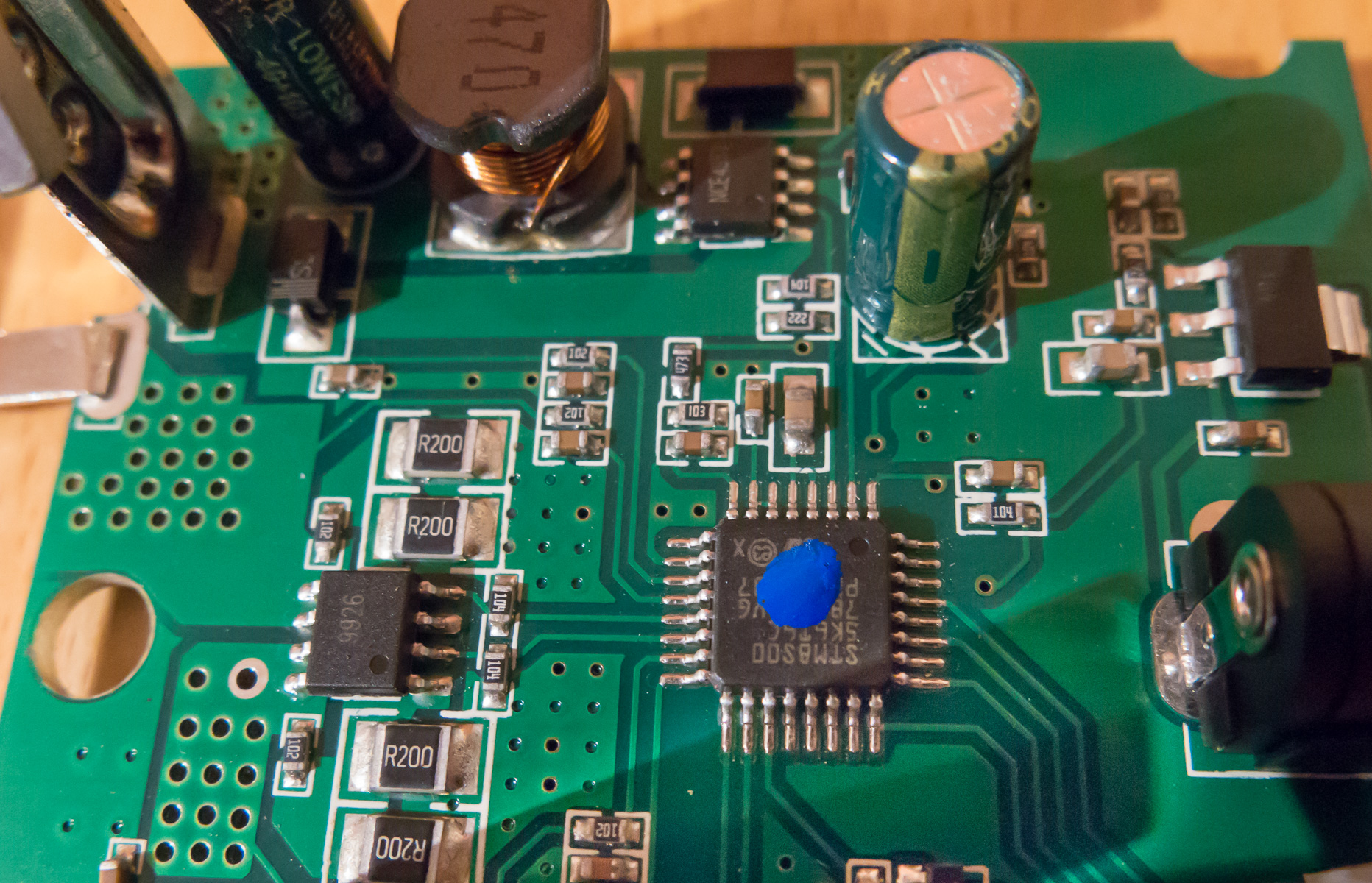
There are no openings for airflow on the side ot top, only on the back side, the charger gets not hot at all.
Sideview of my Klarus Charger with openings for airflow is better.
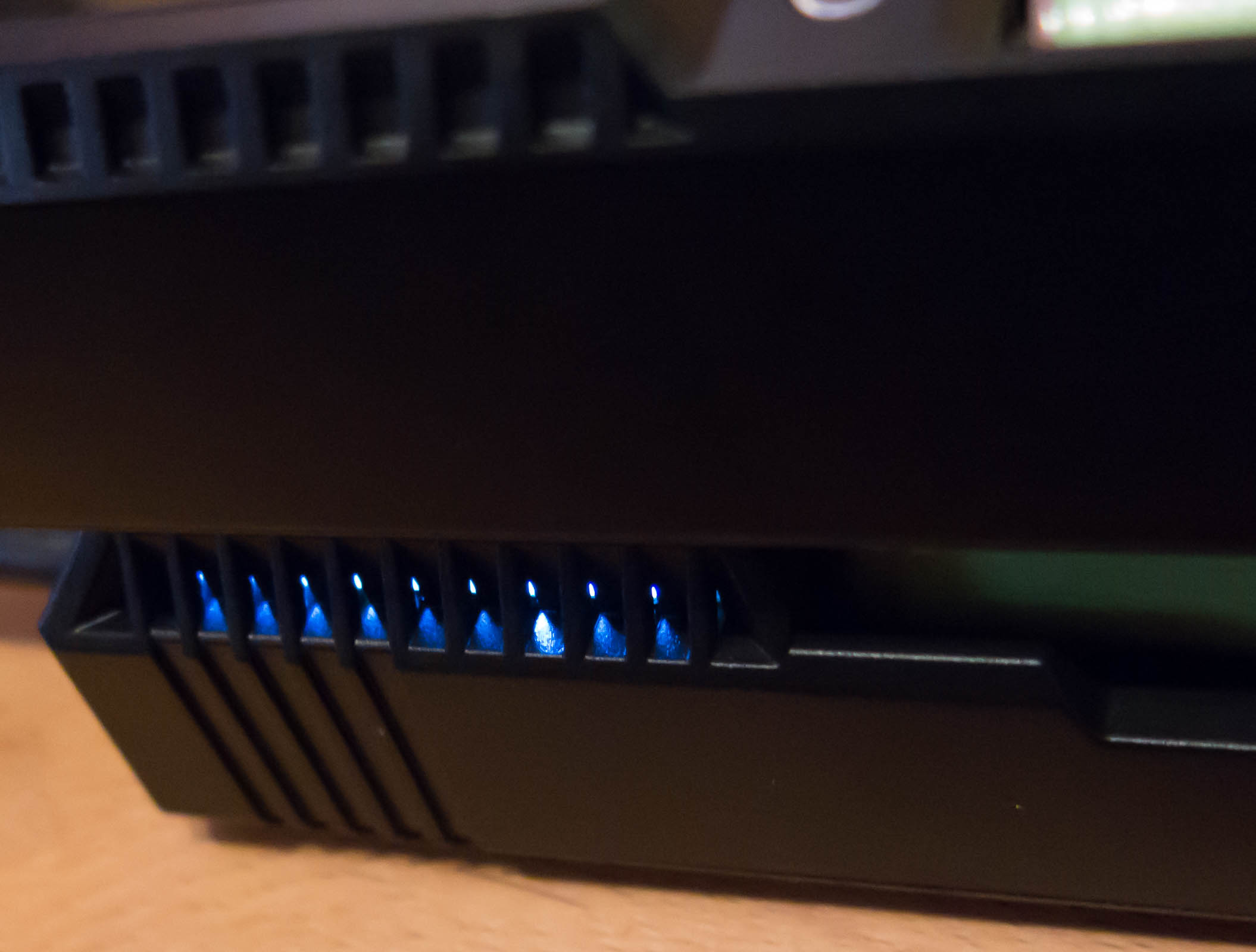
The Nitecore Charger has the same design.

When there will be a discharge one the heat should be better get away by circulation through the charger from bottom to top.
Display looks good, but there is one black particle.
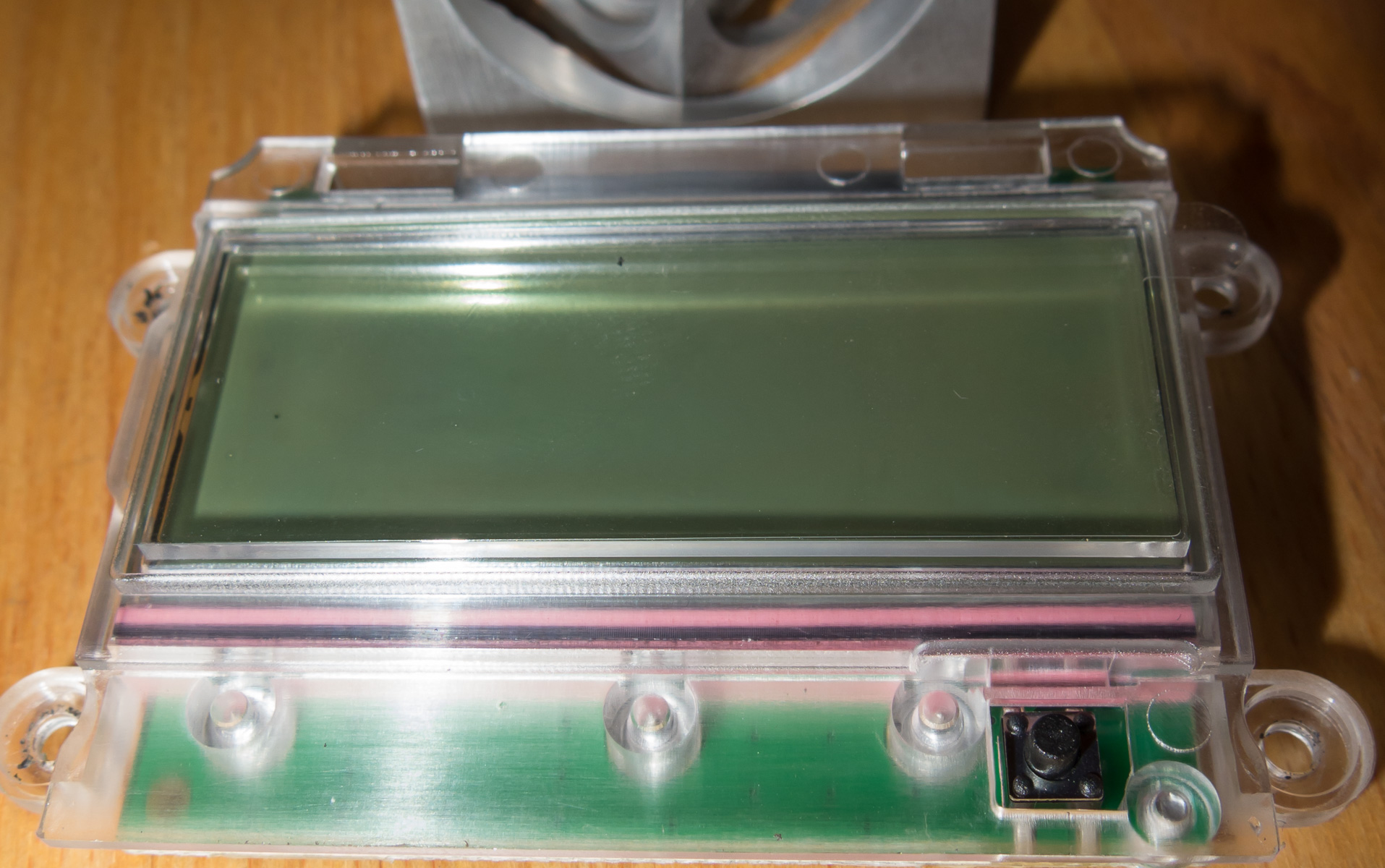
Conclusion
Pros:
- high quality build
- easy UI
- can charge all common battery types
- slowly ramping up charge current
- capacity is measured while charging
- with 1.5A relatively high charge current availiable
- relative good prediction of charge time and capacity on 18650 cells
Cons:
- too high current for small cells, the auto detection of small cells does not work with high drain cells
- no manual control to set lower charge current
- no LiPoFe support
Suggestions for the manufactory:
- rail bypass wire like in some charger chargers, or at least copper rails
- option do set the charge current manually to half and 1/4 of the auto detection
I received a free sample of this charger from MiBoxer to do this review.
They sent me the charger with DHL express.

Packaging has improved for this charger.
The shipping is a lot more expensive than the charger build costs.
The box contains:
- Charger
- Car power adapter
- USB to hollow plug cable
- Manual





The UI is quite easy and good described just switch slots display and turn backlight off.
This review is long enough, for specifications look for them on their *"website": http://www.miboxer.com/eng/p2.html(link is external) *.
It charges all types of lithium batteries and NiCd/NiMh.
The charger design seems similar to my Nitecore D2, Xtar VC2 but it is wider so even two 32650 or D size NiMh fits perfectly.
The bays fit up to 73mm long batteries.
It comes with an USB cable it has also a 12V car adapter.
It is powered by the car USB adapter with 5 and 12V.

The bays are very wide AAA and small batteries have to be centered by hand.
The chargers terminals have three raised contacts for different battery
Good charge characteristics for lithium and NiMh.
The charger stores 2 custom lithium charging curves, to improve the predicted charge time and capacity.
I did some time lapses.
You can see thast afer an initial charge it starts to calculate the total capacity.
Panasonic 1860B protected
was during day, so exposure does not fit when sun shined in the room.
Charged with 0.95A
Keeppower 14500 protected
Charged with 0.6A
The predicted capacity is was off, always too bigKlarus 18650 protected
Sanyo 18650GA
Charged with 1.5A, the PCB is good and cell also
Eleloop AA
Charged with 0.85A
For all batteries I get about 5-6% less capacity in the end compared to my Klarus Charger
The charger saves up to 2 charge curves for your batteries to predict time and capacity,
if you got only one 18650 type and one 14500 type it should work better after charge curve saved.
The first thing was opening the charger to look inside, how well it is build.
The charger uses rails with sliders to make contact, all contacts and rails are made of coated steel,
copper would be nicer but being steel seems not to affect the voltage readings much.
The sliders may lead often to wrong voltage readings like my Klarus CH4S charger had due to bad construction of the rails even if it was made of copper,
as there might be a bad contact between the rails and slider and the steel can have an increased resistance, which gets more important at high charge currents.
So first thing was to bypass the rails with copper leads.

When disassembling this time there were no traces of oil on any parts like in the C4.
The manual is in English easy readable font size compared the C4.

The display comes with a protective film as the display is recessed there is a small flap to grab it, this display wont be scratched so easily like the ones at same height as the rest of the charger.
The overall looking is better than my Klarus CH4S charger unfortunately the slot button is not from silicone and the switch does not have a nice feeling when pushed.
The charger weights 192.

The charger board is single sided the rails are directly soldered to it.

It has some nice inductors and 105°C capacitors.

The springs are not soldered like in many charger so there is no risk that they get loose.

The charger board is really clean the contacts are made of plated steel.

Both battery contacts have raised points to make contact to AA, 18650 and 32650 sized cells.
The contact design got changed from the first C4 sample, definitely better now.

The microcontroller.

There are no openings for airflow on the side ot top, only on the back side, the charger gets not hot at all.
Sideview of my Klarus Charger with openings for airflow is better.

The Nitecore Charger has the same design.

When there will be a discharge one the heat should be better get away by circulation through the charger from bottom to top.
Display looks good, but there is one black particle.

Conclusion
Pros:
- high quality build
- easy UI
- can charge all common battery types
- slowly ramping up charge current
- capacity is measured while charging
- with 1.5A relatively high charge current availiable
- relative good prediction of charge time and capacity on 18650 cells
Cons:
- too high current for small cells, the auto detection of small cells does not work with high drain cells
- no manual control to set lower charge current
- no LiPoFe support
Suggestions for the manufactory:
- rail bypass wire like in some charger chargers, or at least copper rails
- option do set the charge current manually to half and 1/4 of the auto detection
Last edited:

